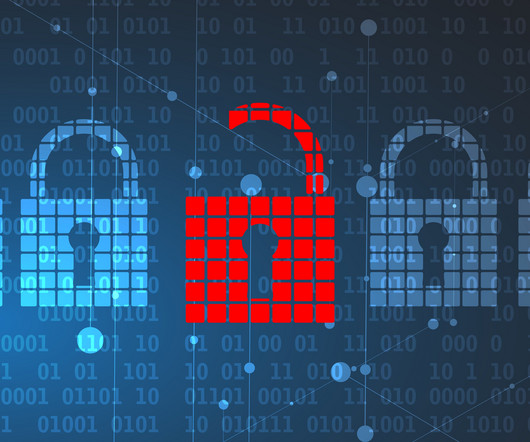Who’s Behind the GandCrab Ransomware?
Krebs on Security
JULY 8, 2019
But GandCrab far eclipsed the success of competing ransomware affiliate programs largely because its authors worked assiduously to update the malware so that it could evade antivirus and other security defenses. ” Dedserver also heavily promoted a virtual private networking (VPN) service called vpn-service[.]us












Let's personalize your content